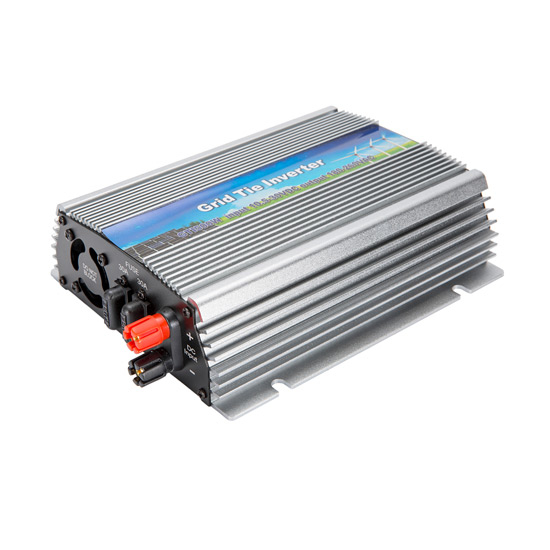SolarHead
50% of people are below average. (Its a statistic)
check this out. small grid-tie inverters, you plug them into a receptacle in your home. If this would provide 500w all day long while sun in shining, that might be interesting. Seems 2 solar panels is all that's needed, I don't know what happens when the grid is unavailable, does it continue sending power and possibly back to the grid (which is illegal and dangerous)? I'd think anyone with a small home, no solar, they could get 2 panels, one of these, very cheap and lower their power bill by quite a bit. Anyone have experience or comments about something like this? Even if you have a big solar system, what if you had one of these completely separated from your solar system, and this thing just supplemented your homes power needs by 500W most of the day? They don't seem to be UL listed so that's a thought.

 www.inverter.com
www.inverter.com



